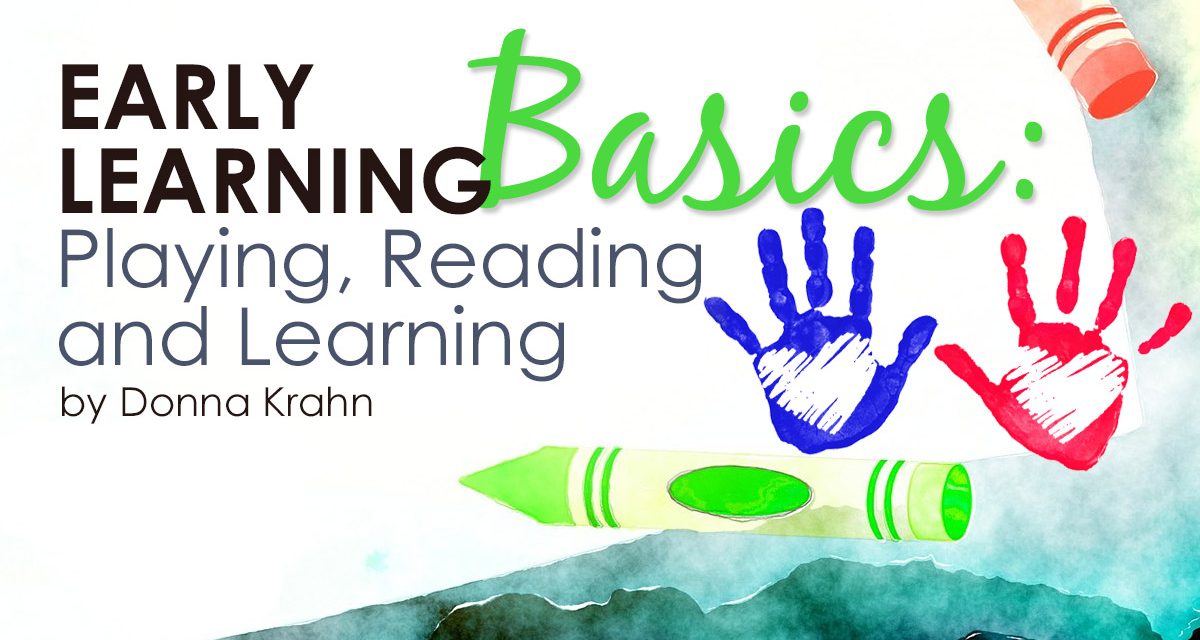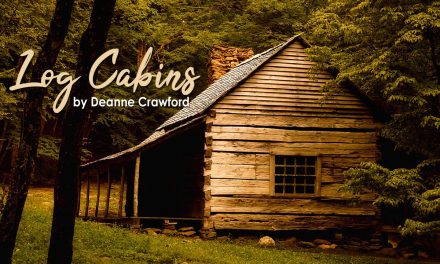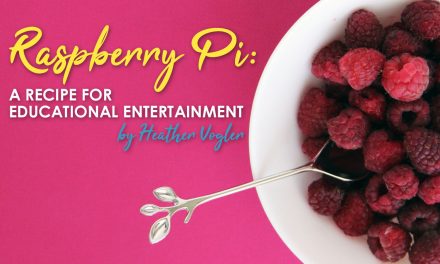What is Early Learning?
I think most people consider early learning or early childhood education just for the preschool and kindergarten years, but that term actually applies from birth up through 8 years old or third grade. From the time a child is born, their development and education fall into this category.
Development in Young Children
Learning looks different at every stage of development. Each stage builds on the previous – just like the saying, “Before you walk, you must crawl.” Development isn’t just referring to physical development. It refers to physical, emotional, cognitive, spiritual, etc. – everything that works together to build a well-rounded child.
Remember that when children are young, they think more literally or concretely than older children. This just means they tend not to be abstract thinkers. Let me give you an example. Our college professor told us a story about a little girl. She had been to Sunday School that morning and came home with a box. When mom asked her what was in the box, the little girl told her mom that it was Jesus. Mom was very confused and asked if she could see what was in the box. When the lid came off, there was a rock. Mom asked why she had a rock and the little girl replied, “Because Jesus is a rock.” It’s a cute story, but still a favorite for me when trying to explain how little ones think.
We often talk with parents who want to begin their homeschooling journey with a very young child – two or three years old. Two things are very important at this age – playing and being read to. Research has found that children raised in a literature-rich environment tend to be better readers and grow to love books. Literature-rich just means seeing the parents read and the child being read to. Give them books that are meant for young children (board books, cloth books, plastic books) and you will often see children sit and pretend ‘read’ or flip through pages when on their own. We have great nieces that at two years old pretend to read to younger siblings and our 1-year-old grandson likes to look through books that have been put in his play area. This is the beginning of their reading journey.
When you watch your child at play, just remember this is their work. They are constantly learning from the world around them: more exposure means more learning. They explore anything they can reach. I taught preschool many years ago, and it was so much fun to watch children play and learn. We read, played games, sang songs, did felt board stories and finger plays, spent time cutting/pasting/coloring/painting, and so much more. Pretend play was a very important part of what our little ones did and I watched my own children use their creative imaginations. Imaginary friends were commonplace at my house. My son had a couple of little friends (not real), when he was our only one. My daughter had imaginary friends when her brother wasn’t around. These ‘friends’ went away as they grew older and had broadened their friendship circle. Imaginary play can be a tremendous emotional outlet for children; they are able to express emotions through play that they may not really understand. For example, if you want to see how mom is in the kitchen, watch a child as they ‘work’ in their play kitchen.
What to Teach
Don’t panic, most children are natural learners and they will learn from everything they encounter and everything they do. Think of yourself as their guide through a maze of new adventures.
For those of you who need a bit of a road map to help, there are resources. Books such as Slow and Steady, Get Me Ready offers activities that can enhance and help with development up through age 5. Bright & Ready Activity Cards offer developmentally appropriate activities for ages up through five – just pick a card! Developmental activities don’t have to be difficult. As a matter of fact, most of them are quite simple and you are probably doing some of them without any guidance.
Before Five in a Row and Five in a Row are good options if you want lessons that include age-appropriate activities in the different subject areas. This series is literature-based, so you would get the benefits of the reading and activities that are related to the theme of the books. Learning makes sense when given a context.
If you like the idea of a program for preschool that comes in a kit and includes all the necessary book, activities, pages, and instruction, then you might like Ready-Made Preschool, My Father’s World All Aboard the Animal Train, or Sing, Spell, Read & Write Preschool. These programs include some great activities and are very well organized for the parent. Horizons Preschool (Alpha Omega), Christian Liberty Preschool, and Bob Jones Footsteps are boxed programs from Christian publishers. Instructions for the teacher, student workbooks, and other items for the program are all included in the kits.
Some little ones want to be like their older siblings, and workbooks have some appeal for them. Kumon has long been in the business of printing early learning books. These are workbooks that help in the development of fine motor skills by offering activities like cutting, pasting, tracing, etc. There are books in the Kumon series that begin as young as 2 years old. ~ Donna
Remember that reading and play are of utmost importance. “Children learn as they play. Most importantly, in play children learn how to learn.” — O. Fred Donaldson





